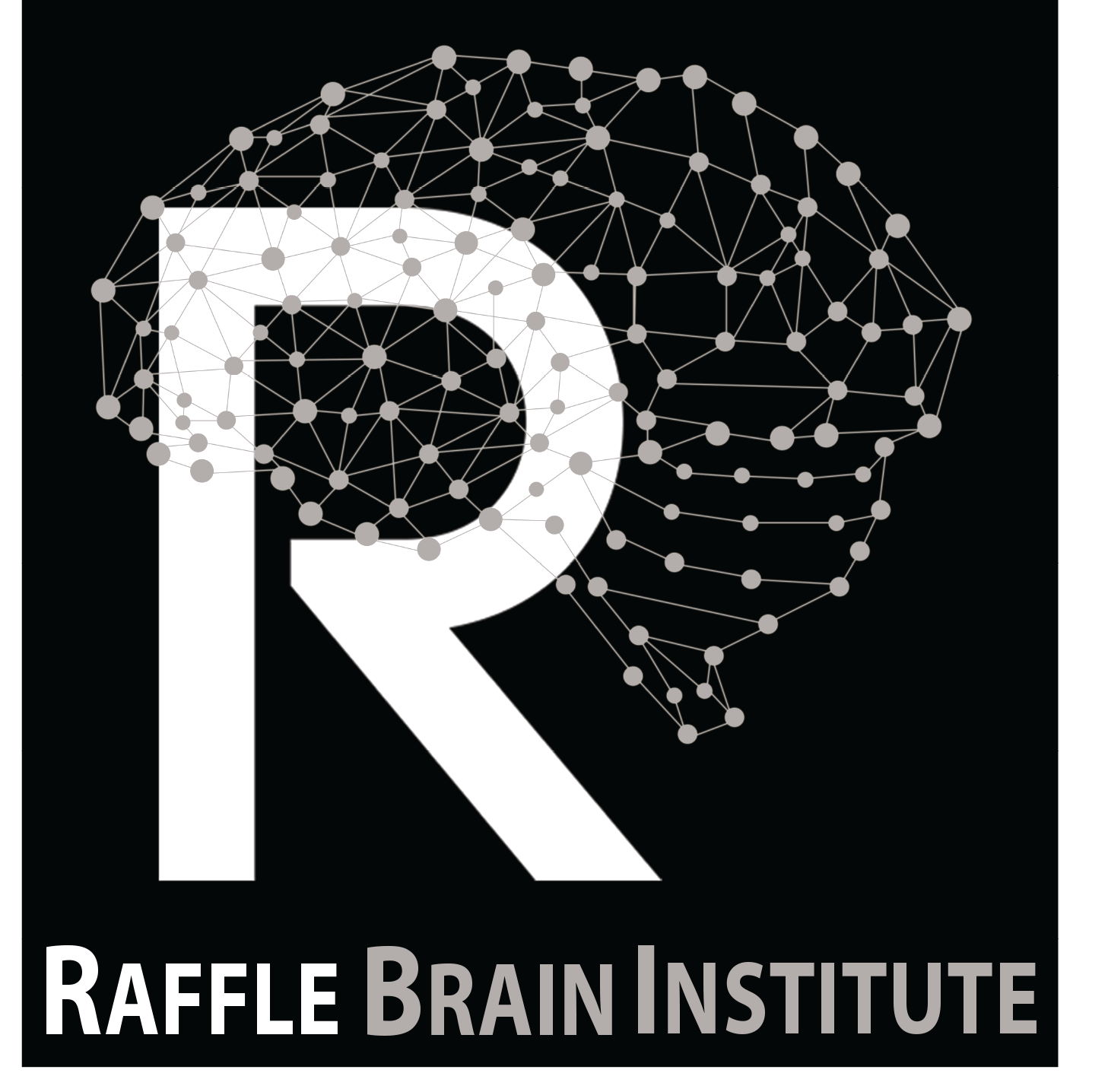
Presurgical Evaluations
Presurgical Evaluations for Implanted Devices
Dr. Raffle performs preoperative psychological evaluations for clients who are about to have a surgical procedure to implant an electrical device. The doctor wants to be sure that the client is psychologically able to handle the procedure itself, to manage the recovery following the procedure, and to understand and properly use the devices after surgery.
Preoperative Psychological Testing for Spinal Cord Stimulations
A spinal cord stimulator (SCS) is a small box surgically placed under the skin that sends a mild electric current to the spinal cord to stimulate the nerves in the area where pain is felt. The electrical pulses modify and mask the pain signal from reaching the brain, which reduces the sensation of pain. The device does not totally eliminate the pain, but can reduce the pain by anywhere from 50% to 80% of the pain, depending on the client’s sources and extent of pain.
The goal of a preoperative psychological evaluation is to examine various psychological factors that can impact the success of the procedure, including depression, anxiety, somatization, catastrophization, and emotional reactivity, which will give a better idea of how the clients will perceive and manage their pain symptoms before and after the implantation. Testing will confirm if clients have developed methods of coping with and adapting well to pain, which will help them better manage their pain reduction following the surgery. Neurocognitive testing will also confirm that clients are capable of understanding the processes involved with this surgical procedure, and that that they are able to make decisions on their own following the surgery.
Preoperative Neuropsychological Testing for Deep Brain Stimulation
Deep brain stimulation (DBS) is used to treat a number of neurological conditions, including Parkinson’s disease, essential tremor, dystonia, and epilepsy. For movement disorders, the surgeon inserts a thin electrical probe into the thalamus, the portion of the brain causing tremors, with a thin wire running to a neurostimulator, usually implanted under the collarbone, which transmits painless electrical pulses into that area of the brain. For epilepsy, electrodes are placed in areas of the brain where there is excess electrical activity, and regular electrical impulses reduce the frequency and severity of seizures. More than 70% of clients with epilepsy, Parkinson’s Disease and other movement disorders, usually those whom medications are no longer effective, see dramatic improvement in their symptoms with DBS devices.
The goal of neuropsychological testing is to determine if there is any evidence of impairment in brain areas (thalamus, subthalamic nucleus, and globus pallidus interna) commonly used as placement sights for the electrodes. Testing also confirms the client’s cognitive or memory functioning to be sure that the client is aware of the surgery’s benefits and potential side-effects and understands that surgery is not a cure for the disorder, and will comply with postoperative care. Finally, psychological testing confirms that the client is psychologically able to handle both the surgery and postsurgical care.
Pre- and Postoperative Psychotherapy
Psychotherapy is recommended for clients who are accepted for surgery but are having some of the risk factors for negative outcomes. Therapy focuses on key factors in the multidimensional processing of pain, including sensory-discriminative functioning (somatosensory cortex), affective-motivational abilities (limbic system), and cognitive-evaluative skills (prefrontal cortex). Therapy also focuses on coping skills, chronic pain management, patterns of positive reinforcement, and development of secondary gain, and addresses patients’ satisfaction with surgery, fulfillment of expectations, postsurgical quality of life, and perceived improvement in functional and psychological status.


